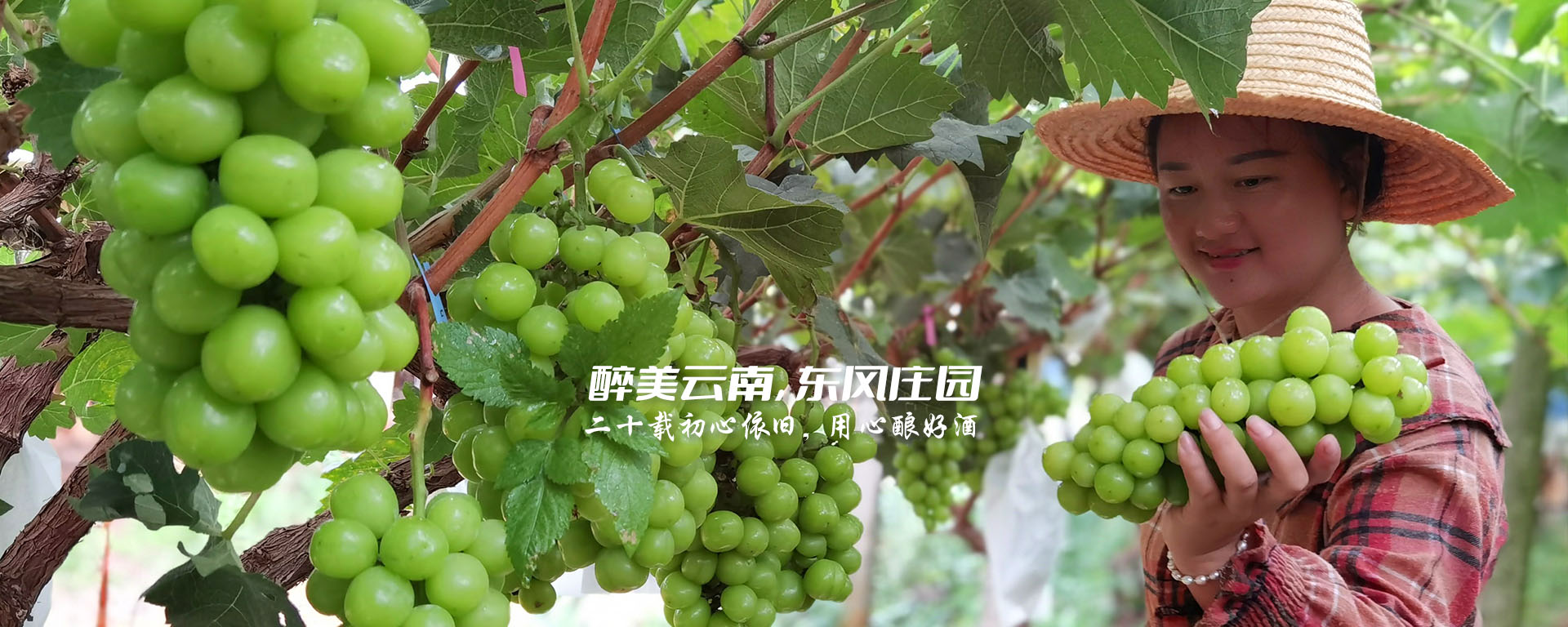
Exploring the Intricate World of Wine’s Odor and Aroma
2023-11-23Wine, with its diverse and complex flavors, has captivated human senses for centuries. Beyond taste, the enchanting world of wine offers a plethora of scents that can transport us to vineyards and evoke memories of cherished moments. The intriguing interplay of odors and aromas in wine has become an area of extensive research, shedding light on the science behind this sensory experience.
The complexity of wine's aroma can be attributed to a variety of factors, starting from the grape variety itself. Different grape varieties possess distinct aromatic compounds that contribute to the overall aroma profile of the wine. For example, the floral and fruity notes found in wines made from Muscat grapes are a result of compounds like linalool and geraniol. In contrast, the herbaceous and vegetal aromas in Sauvignon Blanc wines are due to compounds such as methoxypyrazines.
Winemaking techniques also play a vital role in shaping the aroma of wine. Fermentation, aging, and storage conditions can significantly impact the development and preservation of volatile compounds responsible for specific aromas. For instance, the use of oak barrels during aging can impart aromas of vanilla, toast, or spices. Similarly, the presence of lees (sediment) during aging can contribute to creamy or yeasty aromas.
The impact of terroir on wine aroma cannot be overlooked. Terroir refers to the unique combination of soil, climate, and geography where the grapes are grown. These environmental factors influence the grape's composition and, consequently, the aroma of the resulting wine. For example, wines from cool climate regions are often associated with crisp and citrusy aromas, while warmer regions may produce wines with ripe and jammy fruit aromas.
Scientific methods like gas chromatography-mass spectrometry (GC-MS) have revolutionized the study of wine aroma. These techniques allow researchers to identify and quantify the volatile compounds present in wine, providing valuable insights into the factors that contribute to its aroma. Through this research, scientists have discovered hundreds of compounds that contribute to the complex bouquet of wine, including esters, alcohols, aldehydes, and terpenes.
Moreover, understanding the role of aroma compounds in wine has led to innovations in winemaking. Winemakers can now manipulate these compounds to enhance desirable aromas or mitigate unwanted ones. For instance, yeast strains can be selected to produce specific aromatic compounds during fermentation, creating wines with unique profiles.
Beyond the scientific realm, the study of wine aroma has also found applications in sensory evaluation and marketing. Aroma wheels or aroma kits have been developed to help individuals recognize and describe the various aromas found in wine. These tools enable wine enthusiasts to enhance their tasting experience and communicate their preferences effectively.
In conclusion, research on the odor and aroma of wine has unveiled the intricate dance between grape varieties, winemaking techniques, terroir, and science. This exploration has deepened our understanding of the sensory allure of wine and opened doors to new possibilities in winemaking. Whether you're a passionate connoisseur or an occasional indulger, the aromatic journey of wine is one that continues to evolve and captivate.
